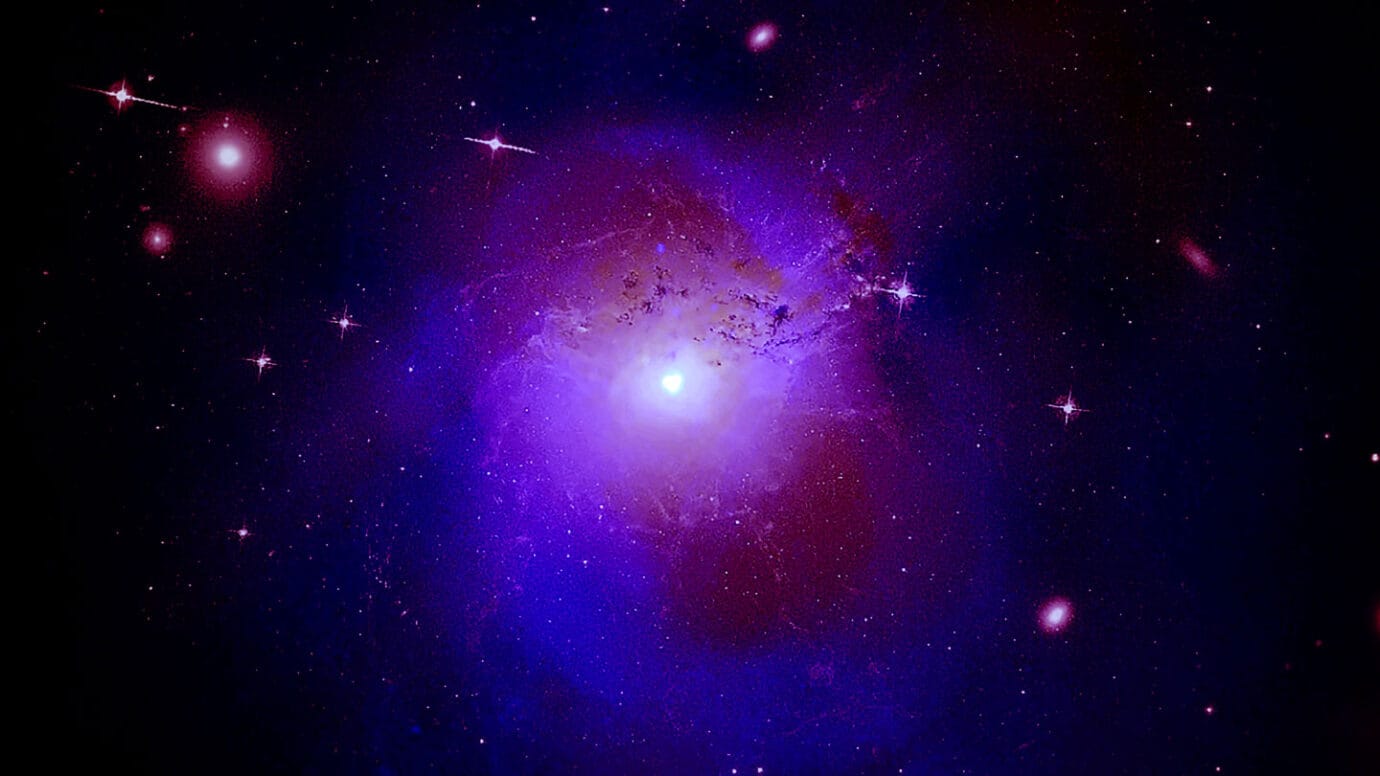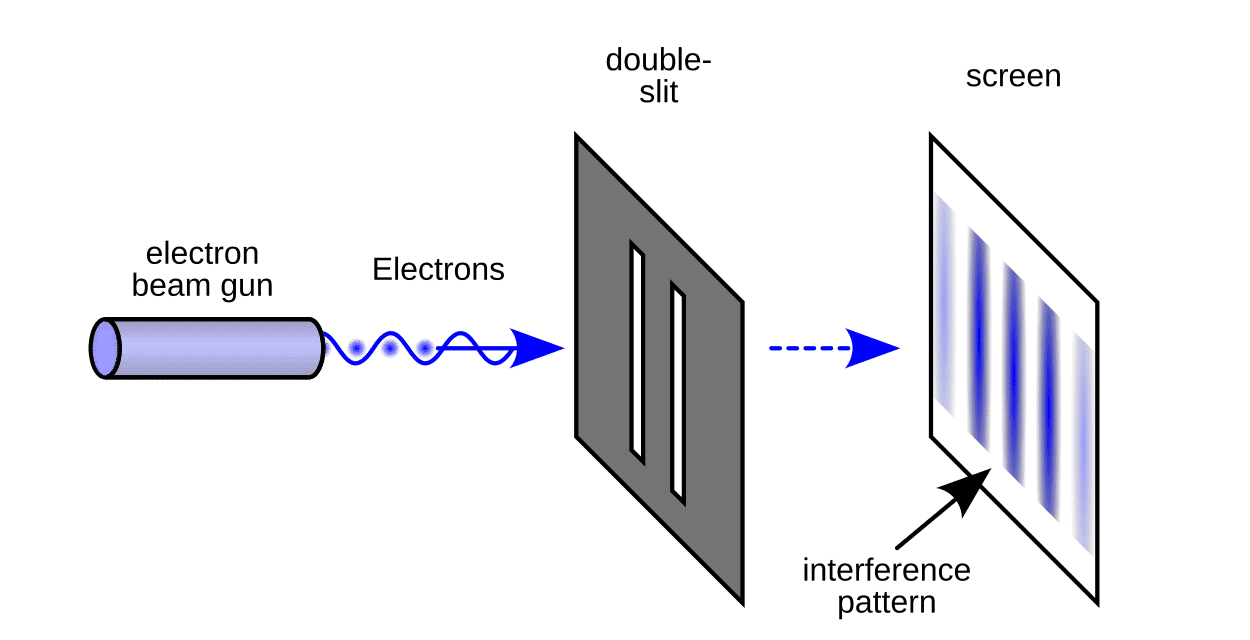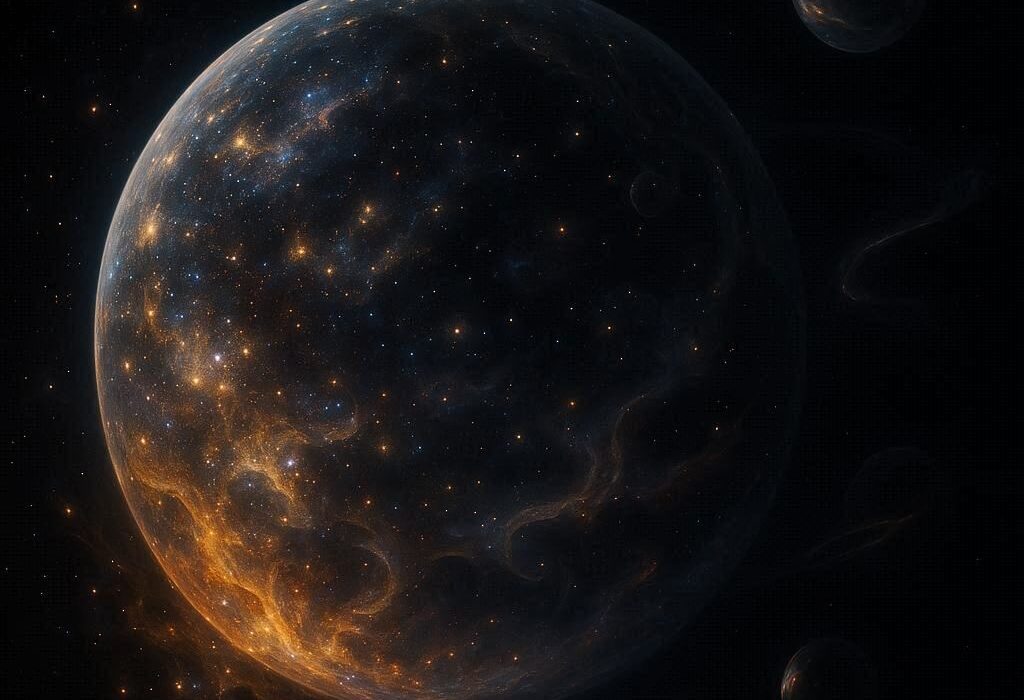When we look up at the night sky, we see a dazzling display of stars, galaxies, and glowing nebulae. Our telescopes reveal clusters of galaxies stretching across cosmic filaments like jewels on invisible threads. Yet, astonishingly, all of that luminous matter—all the stars, planets, dust, and gas—makes up less than five percent of the universe. The rest remains unseen, silent, and mysterious. The vast majority of the cosmos is composed of something invisible, something that neither emits nor absorbs light, something we call dark matter.
Dark matter is not merely a curiosity. It is the scaffolding upon which the visible universe is built. Without it, galaxies would never have formed, stars would never have clustered, and planets like Earth would not exist. In fact, the ordinary matter that makes us—the atoms in our bodies, the oxygen we breathe, the carbon in our cells—would have been scattered uselessly through space if dark matter had not shaped the cosmos in its invisible grip.
And yet, despite decades of research, we still do not know what dark matter really is. We know it must exist, because the universe behaves as though it is there, but we cannot see it, touch it, or capture it. To many scientists, it feels as though nature has hidden its deepest secret in plain sight. Dark matter is the universe’s whisper, pulling at galaxies, shaping cosmic destiny, while remaining utterly silent itself.
The First Clues of a Hidden Universe
The story of dark matter begins not with high-tech particle detectors or space observatories, but with the painstaking work of astronomers in the early 20th century. In the 1930s, Swiss-American astronomer Fritz Zwicky was studying the Coma Cluster, a collection of thousands of galaxies bound together by gravity. By measuring the speeds at which galaxies moved within the cluster, he discovered something puzzling: they were moving far too fast. If only visible matter—stars and gas—was holding them together, the cluster should have flown apart long ago.
Zwicky proposed that some kind of unseen mass must be present, providing the extra gravitational glue. He called it “dunkle Materie”—dark matter. His idea was bold, but it was largely ignored for decades. Many scientists thought the discrepancy might simply be due to observational errors.
It wasn’t until the 1970s that the case for dark matter became undeniable. American astronomer Vera Rubin and her collaborator Kent Ford measured the rotation curves of spiral galaxies. According to Newton’s laws, stars farther from the galactic center should orbit more slowly, just as planets farther from the Sun move more slowly around it. Instead, Rubin found that stars at the edges of galaxies were moving just as fast as those near the center. Something unseen was providing additional gravity, keeping those stars from flying away into space.
These discoveries pointed to a startling truth: galaxies are embedded in enormous, invisible halos of matter. The luminous stars and gas we see are just the tip of the iceberg; the bulk of a galaxy’s mass is hidden. The more astronomers looked, the more evidence piled up: gravitational lensing, the bending of light around massive objects, showed invisible mass was present. Observations of the cosmic microwave background, the afterglow of the Big Bang, confirmed that dark matter shaped the early universe. Slowly, reluctantly, the scientific community accepted a profound reality: the cosmos we see is only a fraction of what is really there.
The Nature of the Invisible
So what is dark matter made of? We know what it is not. It is not ordinary matter—protons, neutrons, and electrons—at least not in the amounts needed to explain the observations. If dark matter were simply clouds of gas or faint stars, we would detect their light or their radiation. Nor can it be black holes in sufficient numbers, because their gravitational effects would reveal themselves in other ways.
Dark matter appears to be something entirely new, a type of matter unlike anything in the familiar periodic table. It does not shine, it does not absorb light, and it interacts extremely weakly, if at all, with electromagnetic radiation. It reveals itself only through gravity. In the simplest terms, dark matter is matter that does not talk to light.
Yet this description is not an answer but a mystery. To truly understand dark matter, we must uncover what kind of particle—or perhaps phenomenon—it is. Over the years, scientists have developed an array of theories, some grounded in extensions of known physics, others wildly speculative. Each carries its own beauty, its own promise, and its own frustration.
The Dream of WIMPs
For decades, the leading candidates for dark matter have been WIMPs—Weakly Interacting Massive Particles. These hypothetical particles would be heavy, stable, and interact through forces weaker than electromagnetism. They fit beautifully into extensions of the Standard Model of particle physics, particularly supersymmetry, a theory that proposes every known particle has a heavier partner particle.
The appeal of WIMPs comes from what physicists call the “WIMP miracle.” If such particles were created in the hot, dense early universe, their abundance would naturally freeze out at just the right density to explain the amount of dark matter we observe today. It seemed almost too perfect, as if the universe itself were pointing to WIMPs as the answer.
For decades, enormous experiments have been built deep underground to detect the faint signals of WIMPs colliding with ordinary matter. From the mines of South Dakota to the tunnels beneath Italian mountains, detectors filled with ultra-pure crystals or liquid xenon sit in silence, waiting for a single particle to leave its mark. Yet, despite extraordinary sensitivity, these experiments have found nothing.
Each new generation of detectors grows larger and more sophisticated, probing deeper into the dark, but the silence persists. WIMPs may still exist, but if so, they may be more elusive than imagined. The dream of the WIMP miracle, once so compelling, has begun to fade.
The Ghostly World of Axions
If not WIMPs, perhaps the universe is filled with axions. Proposed in the late 1970s to solve a problem in quantum chromodynamics (the theory of the strong nuclear force), axions are extremely light, ghostly particles. Unlike WIMPs, axions would be incredibly numerous, forming a kind of cosmic sea that permeates the universe.
Though axions interact extremely weakly with matter, they can convert into photons under strong magnetic fields. Experiments such as ADMX (Axion Dark Matter eXperiment) use powerful magnets and sensitive detectors to try to catch the faint whispers of axions turning into radio waves.
The axion has an aesthetic appeal to many physicists. It not only could explain dark matter, but it also elegantly solves a long-standing theoretical puzzle about why the strong nuclear force does not violate certain symmetries. Axions are like a gift: a solution to two cosmic mysteries at once. But, like WIMPs, they remain hypothetical. No experiment has yet revealed their presence.
The Shadows of Sterile Neutrinos
Another possibility arises from one of nature’s most ghostlike known particles: neutrinos. These nearly massless particles stream through us by the trillions every second, produced in nuclear reactions in the Sun, in stars, and in supernovae. For a long time, neutrinos were thought to be massless, but we now know they have tiny masses. Could a heavier, as-yet-undetected cousin—a “sterile neutrino”—be the stuff of dark matter?
Sterile neutrinos would not interact via the usual weak nuclear force that governs ordinary neutrinos. Instead, they would be almost completely invisible, interacting only through gravity and perhaps mixing faintly with ordinary neutrinos. Some tantalizing hints in X-ray observations have been interpreted as possible sterile neutrino signals, but nothing conclusive has emerged.
If sterile neutrinos exist, they would represent a bridge between the known world of particle physics and the mysterious realm of dark matter. Yet their elusive nature makes them devilishly hard to pin down.
Beyond Particles: Radical Possibilities
While many physicists focus on particle candidates, others have begun to consider more radical possibilities. Perhaps dark matter is not made of particles at all. Could it be that our very understanding of gravity is incomplete?
Modified gravity theories, such as MOND (Modified Newtonian Dynamics), attempt to explain galaxy rotation without invoking invisible matter. By tweaking the laws of gravity at large scales, these theories reproduce some dark matter effects. However, they struggle to explain all the evidence, especially the precise patterns in the cosmic microwave background and the behavior of galaxy clusters.
Another radical idea is that dark matter could be composed of exotic objects, like primordial black holes formed in the first moments after the Big Bang. Such black holes would be too small to detect through conventional means but could collectively provide the missing mass. Recent gravitational wave discoveries have rekindled interest in this idea, though it remains controversial.
Some physicists even speculate about entirely new forms of matter or hidden dimensions where dark matter resides. These ideas may sound like science fiction, but so did relativity once. The history of science is a history of imagination reaching beyond the known.






